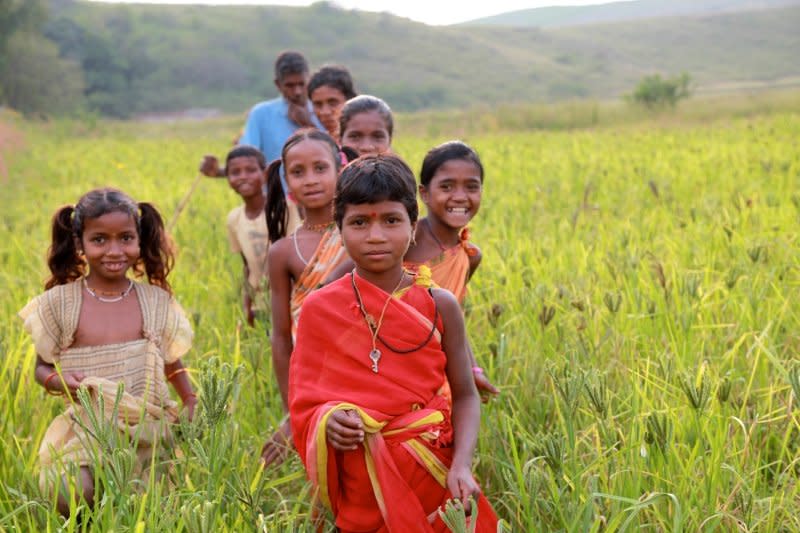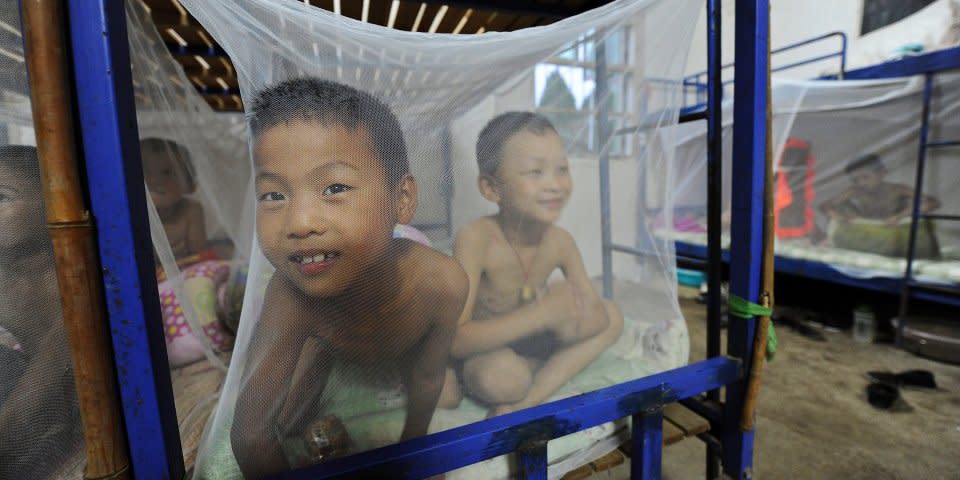The top 7 charities in the world — and how much you should give to each

If your altruistic side compels you to donate to charity but you don’t know where to turn, GiveWell can help.
In the wake of Giving Tuesday (November 29), the nonprofit charity evaluator has released its 2016 ranking of the top charities in the world.
GiveWell bases the list on a few criteria: how effective the given solution is for the problem it addresses, how well the charity implements that solution, and whether the organization needs the money in the first place.
Low-income areas deal with the greatest threats to residents’ health and well-being, so many of the charities GiveWell ranks the highest do work in those regions, namely Asia and sub-Saharan Africa.
This year, GiveWell selected seven charities that rose above the rest. If you have a sum of $5,000 to donate, here’s how much GiveWell says you should give to each of the top charities (with a small portion leftover for other charities GiveWell considers noteworthy).
1. Against Malaria Foundation — $1,510

Almost every charity on GiveWell’s list targets either malaria or worm-related infections. Treatments for both can offer huge increases in quality of life at little cost.
Malaria is the most threatening disease to kids in low-income countries. Approximately 600,000 people die every year as a result of malaria infection, and the only vaccine that’s been approved won’t reach patients until 2017.
AMF works to prevent the disease’s spread by deploying insecticide-treated bed nets — mesh tarps that drape over kids’ beds and kill mosquitoes as they attempt to enter.
GiveWell finds through its research that, based on malaria’s prevalence and the low cost of distributing bed nets, AMF is far and away the charity most deserving of people’s dollars.
Donating just $1.50 to AMF can protect one person from malaria for one year. If you’re feeling especially generous, however, GiveWell recommends a donation of $3,340. It might seem like a lot, but you’d be saving an entire life.
2. Schistosomiasis Control Initiative — $1,350

Like malaria, parasitic diseases such as worms affect a disproportionate amount of people in poorer areas. Roughly 240 million people live with parasitic worm infections, and 90% of those cases occur in just 20 countries.
Thankfully, GiveWell finds that approximately $1.23 can rid a child of these worms.
“This cost is based on several difficult-to-estimate inputs including (a) how to account for donated drugs and (b) the portion of costs paid for by the governments with which SCI works,” GiveWell states.
SCI works primarily in regions where the deadliest worms are prevalent, typically in sub-Saharan Africa. The organization is a smart one to support because its ceiling for donations is so high, and few countries are wealthy enough to create de-worming infrastructure on their own.
3. Deworm the World Initiative — $450

The Deworm the World Initiative assists government-run programs in schools to strengthen deworming efforts. Most often that relies on distributing pills that kill intestinal parasites that enter kids’ bodies through unsanitary soil or water.
DtWI’s main goal is advocating and supporting the programs that deliver kids those pills. GiveWell estimates children can be dewormed for about $0.30 per child with DtWI’s help, or $0.09 per child if the cost excludes “the value of teachers’ and principals’ time spent on the program.”
“Even for small amounts of money you’re still giving pills to children,” Sean Conley, a research analyst at GiveWell, tells Business Insider. “Which seem to be making a very big difference in their lives later on.”
4. END Fund — $500

Compared to the other charities working on deworming initiatives, the END Fund handles more administrative and logistical duties related to the issue. The organization manages grants, offers technical help, and does some of its own fundraising to eliminate neglected tropical diseases (NTDs).
GiveWell’s research has found the charity is in serious need of money to further its grant-making.
“We roughly estimate that it could use between $10 million (50% confidence) and $22 million (5% confidence) in 2017, in addition to secured funding and our guess about further fundraising,” GiveWell states.
5. Sightsavers — $300

Sightsavers works to limit cases of worm-related infections that lead to blindness and impaired vision.
“We believe there is relatively strong evidence for the positive impact of deworming,” GiveWell states. “Sightsavers has provided us with moderate-quality monitoring indicating that it has achieved fairly high coverage rates for some of its past [neglected tropical disease] programs.”
Although deworming is only a small portion of what Sightsavers does, GiveWell finds it is still in need of funds to limit the impact of parasitic disease.
6. Malaria Consortium — $500

According to the CDC, approximately 3.2 billion people around the world live in areas at-risk for malaria infection. The Malaria Consortium tries to reduce that risk by running seasonal malaria chemoprevention (SMC) programs that deliver anti-malarial drugs to young children.
The organization’s analyses have found that most children in the areas where it works receive at least a month’s worth of malaria protection (out of four possible months), and nearly half receive all four months.
7. GiveDirectly — $250

GiveDirectly, the only charity in GiveWell’s top list that doesn’t target malaria or worms, makes good on its name — its entire mission is giving cash to people in Kenya and Uganda. The organization sends money straight to people’s mobile phones so they can make home repairs, pay school fees for their children, and buy food.
“We believe that this approach faces an unusually low burden of proof,” GiveWell states, “and that the available evidence supports the idea that unconditional cash transfers significantly help people.”
Research into cash transfers has shown that people’s psychological well-beings rises substantially after they receive donations. More good news for donors: GiveDirectly absorbs little for overhead. Approximately 87% of donations goes directly to a family in poverty.
The post The top 7 charities in the world — and how much you should give to each appeared first on Business Insider.



